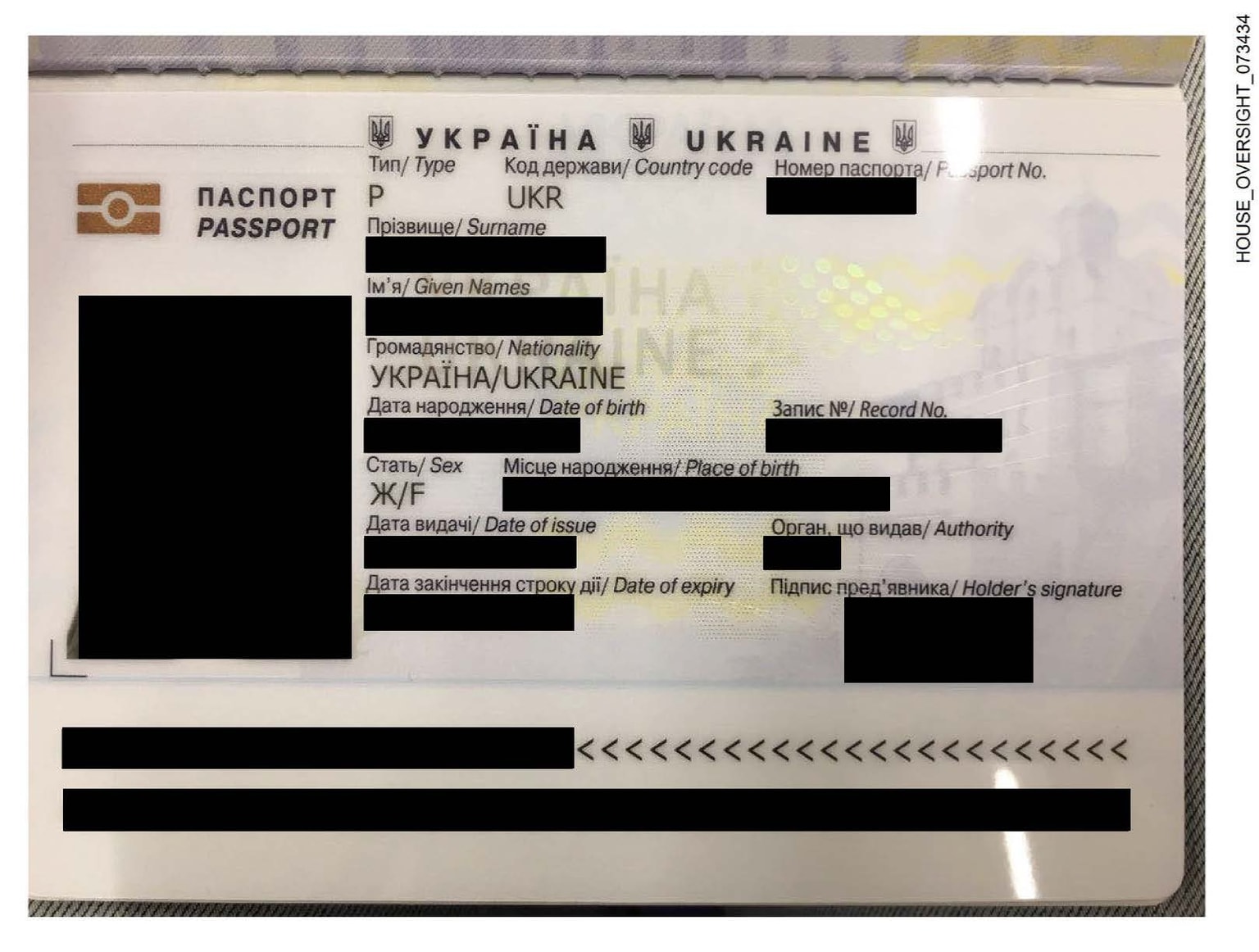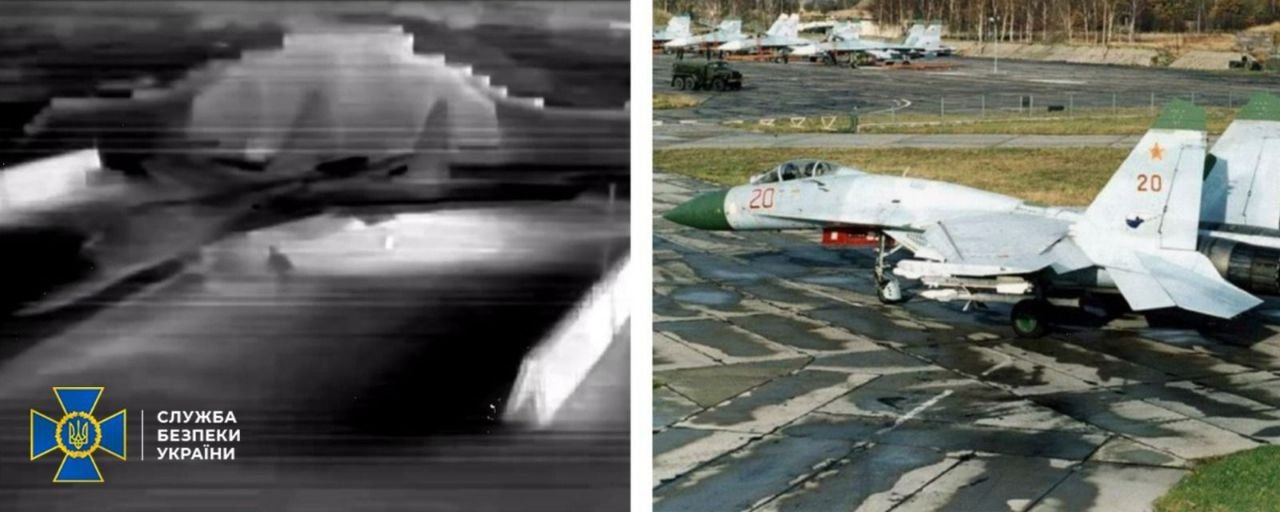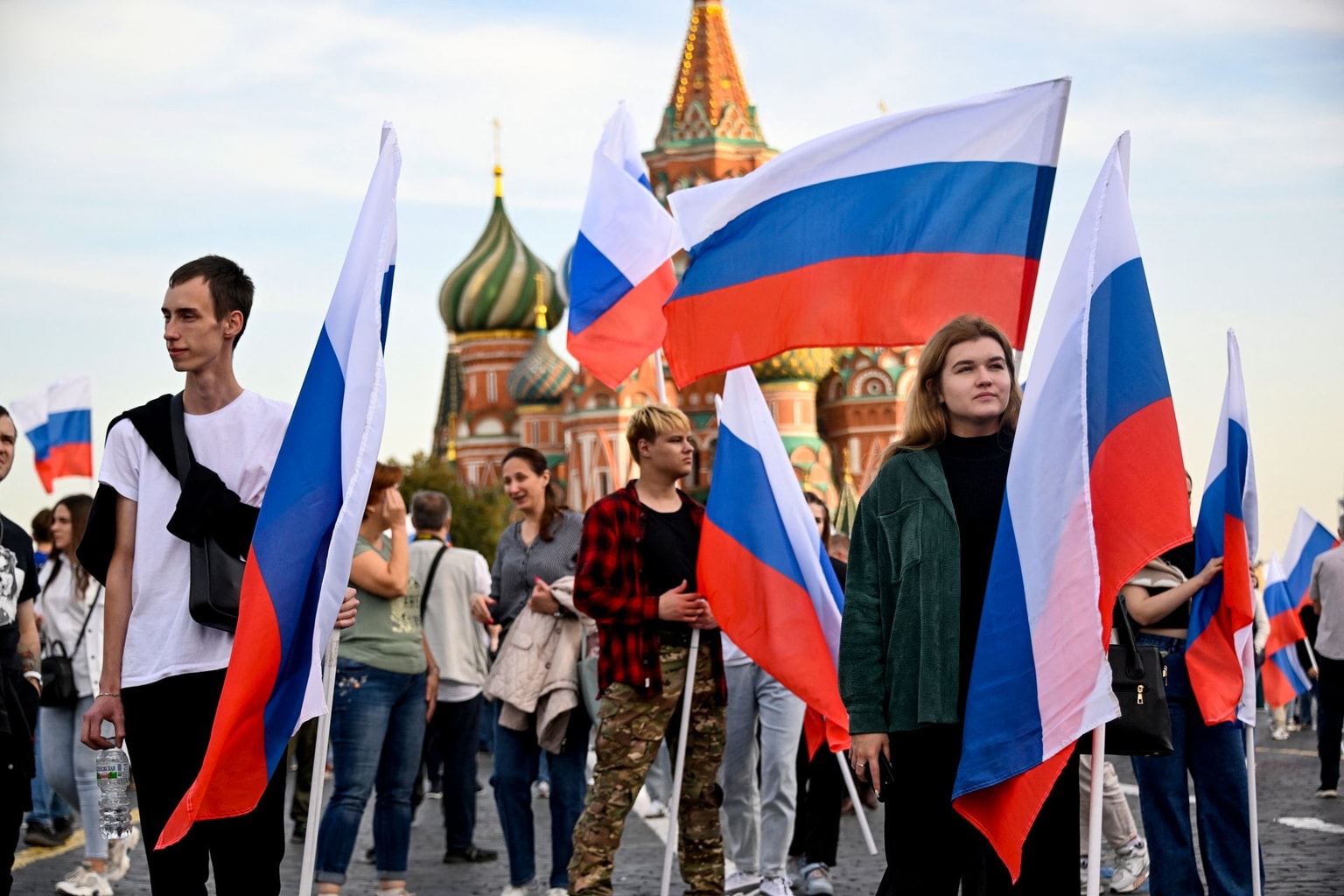
Analysis: With all eyes on Pokrovsk, Russia drives forward in Zaporizhzhia Oblast
Soldiers of the 44th Separate Artillery Brigade prepare for a combat mission with the domestically produced Bohdana self-propelled howitzer in Zaporizhzhia Oblast, Ukraine, on Sept. 13, 2025. (Dmytro Smolienko / Ukrinform / NurPhoto via Getty Images)
While Ukraine, Russia, and the world have been watching the dramatic final act of the Battle of Pokrovsk unfold, Russian gains in the eastern parts of Zaporizhzhia and Dnipropetrovsk oblasts — a section of the frontline that has been dynamic but chronically overlooked — have picked up speed.
On November 11th, the same day that Russia’s wretched Mad Max–style convoy of troops was filmed entering Pokrovsk through the fog, the Ukrainian military announced its withdrawal from five villages north of the small city of Huliaipole in Zaporizhzhia Oblast, amid a deteriorating and chaotic defense of the area.
These Russian advances represent only the latest escalation in a broader offensive that has been ongoing since last winter, when Russian forces overran the vast open plains in the south of what remained of Ukrainian-controlled neighbouring Donetsk Oblast.
Remarkably, throughout 2025, the part of the front line where Russia has gained the most territory — these wide open spaces around the meeting point of Donetsk, Zaporizhzhia, and Dnipropetrovsk oblasts — has also been one of the most under-reported.


These lands, known in Ukrainian as the dyke pole, or “wild field,” have been sparsely populated for centuries, going back to the times when Zaporizhzhian Cossacks and Crimean Tatars jostled for territory and influence, or when Ukrainian anarchist warlord Nestor Makhno made Huliaipole his home base during the period of revolution and war that followed World War I.
The territory crisscrossed by meandering minor rivers but lacking any large population centres, is so empty that there is no obvious name for the sector to use, neither in official General Staff reports, nor in this article.
Whatever it is called, the defense of the area has long been de-prioritized both in Ukraine’s defense and in the eyes of the world’s attention.
But that looks to be changing very fast, as the price of ignoring the territory is catching up with Kyiv — and the defense of the entire Zaporizhzhia front line could soon be in serious jeopardy.
Since the very first months of Russia’s full-scale invasion of Ukraine, the frontline around Huliaipole — which had a pre-war population of just 12,000 — has been one of the most stable sectors of the entire front, despite concerted efforts by Russian forces to storm the city early on.
The settlement lies less than ten kilometers north of the contact line, but with Russia’s recent advances, Huliaipole could soon face another front opening from the north.
In a rare official admission on Nov. 11, Ukrainian military spokesperson Vladyslav Voloshyn said that Ukrainian forces had withdrawn from positions around five settlements in the area, including a complete withdrawal from the villages of Uspenivka and Novomykolaivka.
In a positional war usually defined by the capture of a single tree line or one kilometer at a time, this marks an undeniably different tempo of advance altogether.
Meanwhile, further north across the border in Dnipropetrovsk Oblast, Russian forces are continuing to make inroads toward the city of Pokrovske — not to be confused with Pokrovsk in Donetsk Oblast.
Over the autumn, Russian troops have closed the distance to less than fifteen kilometers from Pokrovske, bringing what used to be, and still is, a key logistical hub of Ukraine’s defense in the area into range of first-person-view (FPV) drones.

Russia’s offensive push in this area began in earnest after the capture of Velyka Novosilka in southern Donetsk Oblast — a city that at one point served as the launching pad for one of the main efforts of Ukraine’s counteroffensive.
After crossing the Mokri Yaly River, Russian forces steadily advanced westward, and by mid-August, for the first time in the full-scale war, began taking territory inside Dnipropetrovsk Oblast.
The westward advance also continued into the northeastern corner of Zaporizhzhia Oblast, from where the current approach toward Huliaipole is now being made.
Unlike the raging battles around places like Pokrovsk, Kostiantynivka, or Kupiansk — where Ukraine has deployed some of its top brigades and drone units, and where the situation, though difficult, remains under control, as Ukrainian military spokespeople often like to say — the defense of these “Wild Fields” further south is in an almost perpetual state of semi-chaos.
Poor coordination between units and the frequent need to pull back from combat positions have prevented Ukrainian forces from stabilizing their lines of defense.
The chaotic nature of the fighting here is evident in the numbers.
According to figures published by the highly trusted Ukrainian mapping and analytical organization Deep State, over the month of October, 69% of all Russian territorial gains were made in the area around Huliaipole and in eastern Zaporizhzhia and Dnipropetrovsk oblasts, despite the area hosting only 16% of Russia’s total assault operations, according to General Staff figures.
This means that while Russia is not allocating as many resources to fighting in this area compared with the larger cities of Donbas, it is still gaining a disproportionate amount of territory, thanks to the weakness of the Ukrainian defense.
These developments are a harsh reminder for Ukraine of the consequences of an overstretched military and the extreme challenge of defending such a long front line while facing a serious manpower crisis and holding back an enemy with a seemingly endless supply of new recruits.
In its current state, with little to no strategic reserves, the Ukrainian military simply cannot defend everywhere at once, and very difficult compromises must be made on a regular basis.
For years, the biggest and most important fight has been in Donbas, and as Russia escalates efforts to take the rest of Donetsk Oblast by storm, Kyiv responds in turn by concentrating resources on the region’s defense, at the cost of other sectors.
Here, it is understandable that Ukraine de-prioritized the defense of the "wild field;" the area is sparsely populated and lacks large cities, and the loss of territory there does not immediately carry major strategic consequences.
For a long time, Russia’s steady advance in the area was tolerable for Kyiv.
Meanwhile, for Moscow, attacking here was not initially a priority either, but seeing an opportunity to gain territory and increase pressure over the mid-term, they took it.
Now, with Russian forces approaching Huliaipole and Pokrovske, the chickens have come home to roost — and the consequences of Russian success in this area are becoming too serious to ignore.


By approaching Huliaipole from the north, Russia is beginning to put itself in a position where, in 2026, it could outflank Ukraine’s entire defensive line in Zaporizhzhia Oblast — a front that has been consistently one of the strongest and most stable during this full‑scale war.
That, in turn, could eventually lead to a serious push on the city of Zaporizhzhia itself, which — according to the results of Russia’s sham referendum in the occupied territories in 2022, and the constitutional changes that followed — Moscow treats as Russian territory.
Of course, capturing Zaporizhzhia would be a monumental — and probably impossible — task for the Russian army at this stage of the war. But even simply bringing the regional capital into the range of first-person-view (FPV) drones could be devastating for Ukraine.
Meanwhile, to the north in Dnipropetrovsk Oblast, the President and the General Staff will soon have to start reporting on developments in the "Pokrovske sector" — particularly embarrassing given the timing of the imminent fall of the much more well-known city of Pokrovsk.
Whether or not this part of the front line can be stabilized over winter remains to be seen, and much of it depends on Kyiv’s decision-making — specifically whether more forces will be redeployed from elsewhere, including the top drone units currently holding back Russia’s advance in Donbas. Again, no easy solutions, only more trade-offs.
For now, the defense of Huliaipole and Pokrovske is led by just a handful of weaker mechanized and territorial defense brigades, backed by a few smaller separate drone units.
Also present are elements of Ukraine’s controversial newly formed assault forces, personally led by Valentyn Manko, a close associate of Commander-in-Chief Oleksandr Syrskyi who was mired in scandal in late October for posting photos showing confidential Ukrainian tactical maps visible and unblurred.
Just a few weeks ago, Manko was boasting of the assault forces’ successes in clearing the village of Uspenivka from Russian forces. But now, as the military itself has admitted, Uspenivka is occupied.
Ever since spring 2024, when Russian forces pushed beyond the city of Avdiivka and began gaining momentum in Donetsk Oblast, Ukraine’s defense of the front line has depended on a delicate balance — a very thin line between states of control and chaos.
Despite Ukraine’s manpower crisis deepening over time, and Russian forces continuing to attack relentlessly throughout 2024 and 2025, the front line has largely been held in a state of control — thanks mainly to the heroic efforts of Ukrainian soldiers on the ground and the vast expansion of Ukraine’s drone capabilities.
Spots of chaos have existed, usually in isolated locations and for limited periods, but the part of the front line around the meeting point of these three oblasts has arguably been the largest area of consistent chaos over the past year — and this is reflected in Russia’s success in advancing.
Going into 2026, this new chapter of the centuries-long and bloody history of Ukraine’s "wild field" could become more consequential for the nation’s future than any other.
Note from the author:
Hi, this is Francis Farrell, cheers for reading this article. This November marks the Kyiv Independent's fourth birthday, and once again it's coming at a tumultuous time on the front line, domestically, and internationally. It's getting a lot more dangerous for journalists, but while large foreign media outlets have stopped going, we will continue to work everyday to bring the battlefield to you. To be able to do that, we are launching a campaign to hit 25,000 members so that we can keep doing what we do. Please consider supporting our reporting.










